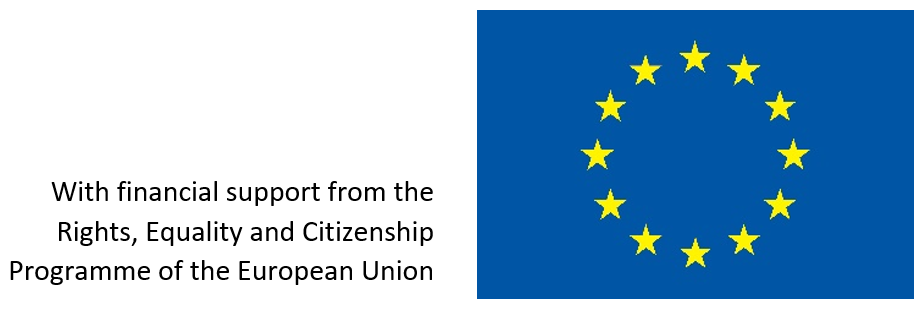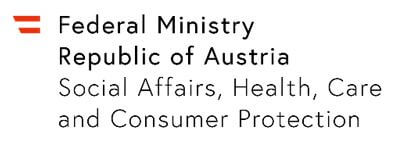Margaret Hamilton is an American computer software programmer and systems engineer who, in the 1960s, served as Director of the Software Engineering Division of the MIT Instrumentation Laboratory. Renowned mathematician and computer science pioneer, she was the scientist who coined the term “software engineering” in the first place, to better describe her work. She was only in her early 30s when she led the team that developed the computer code for the command and lunar modules used on the Apollo missions to the Moon in the late 1960s and early 1970s.
Margaret was born in 1936 in Paoli, Indiana, U.S. She earned her Bachelor’s degree in mathematics and philosophy from Earlham College in Richmond, Indiana. Upon graduation, she briefly taught high school mathematics and French, while preparing her Master’s degree application. Although she planned to do graduate study in abstract mathematics at Brandeis University, she ended up accepting an interim position at the Massachusetts Institute of Technology (MIT), where she taught herself how to program and began programming software to predict the weather, while doing postgraduate work in meteorology. As Hamilton later wrote, at that time computer science and software engineering were not yet disciplines; instead, programmers learned on the job with hands-on experience.
In 1961, Hamilton joined MIT’s Lincoln Laboratory, where she was involved in the Semi-Automatic Ground Environment (SAGE) project, the first U.S. air defense system. Most notably, she created the software for a program to identify enemy aircraft. It was her efforts on this project that made her a candidate for the position at NASA as the lead developer for Apollo flight software. Once she joined the Apollo program, she led a team that was tasked with developing the software for the guidance and control systems of the in-flight command and lunar modules of the Apollo missions. It was a very challenging task: there were no code bases or earlier software projects to learn from, so the software and programming techniques had to be created from scratch. The new software had to accept inputs from a number of sensors which tracked speed, location, and other details, and then manage the data to answer questions from the astronauts in real time and signal as problems happened. Hamilton herself specifically concentrated on software to detect system errors and to recover information in a computer crash. Both those elements were crucial during the 1969 Apollo 11 mission, which took astronauts Neil Armstrong and Buzz Aldrin to the Moon.
Hamilton continued to work on NASA’s remaining Apollo missions: while the design and code were improved for future missions, the initial designs and solutions from Hamilton and her group were kept intact. She and her team went on to build software for SkyLab, America’s first space station. Her rigorously specified design methods have become the foundation of many modern software engineering techniques today. She left MIT in the mid-1970s to work in the private sector, co-founding the company Higher Order Software in 1976 and establishing Hamilton Technologies 10 years later.
Hamilton was the recipient of various honors, including NASA’s Exceptional Space Act Award for scientific and technical contributions, which she won in 2003. The award included $37,200, the largest amount awarded to any individual in NASA’s history. In 2016, she received the Presidential Medal of Freedom from Barack Obama, the highest civilian honor in the United States. Hamilton has published over 130 papers and reports about the 60 projects and six major programs in which she was involved. From her days at NASA to her current status as a software engineering legend and luminary, Margaret Hamilton is one of the most well-known examples of what women in scientific fields can achieve.
By Valentina Canepa, WAVE Intern
Sources
https://en.wikipedia.org/wiki/Margaret_Hamilton_(scientist)
https://medium.com/a-computer-of-ones-own/margaret-hamilton-coding-to-the-moon-6ba70b7e6b43
Click on the button to load the content from www.kidscodecs.com.






